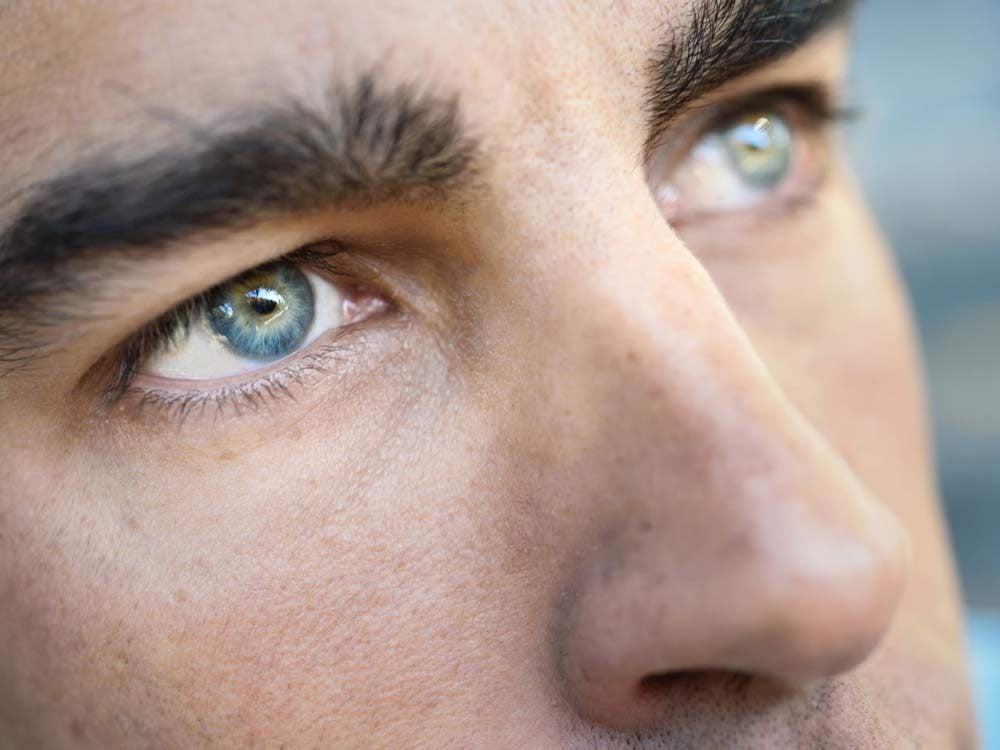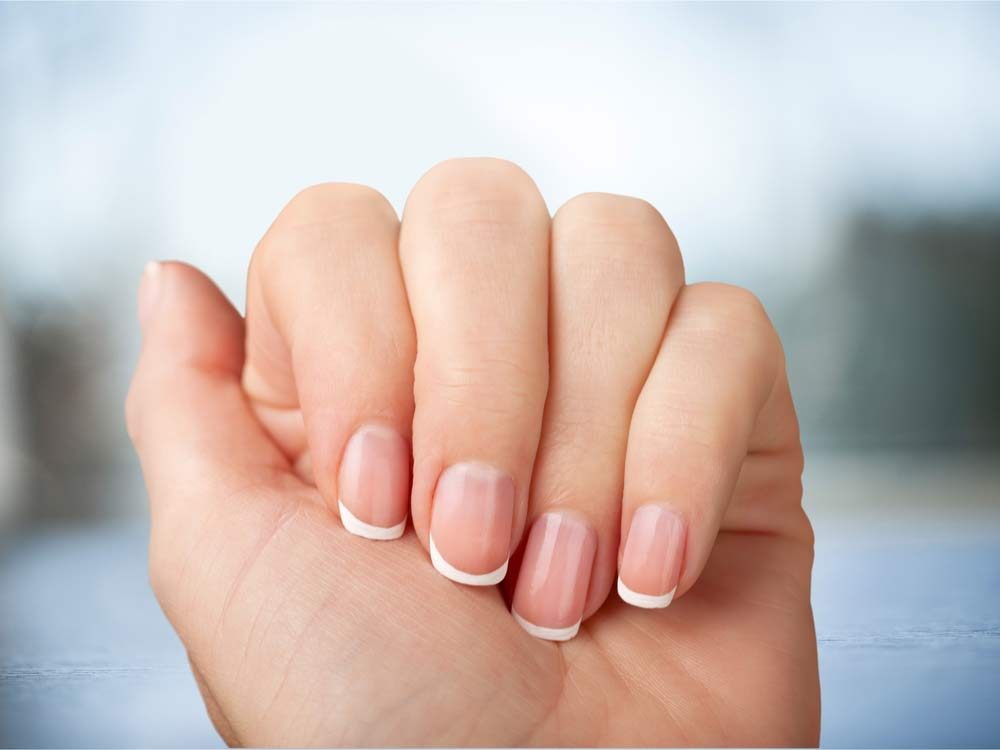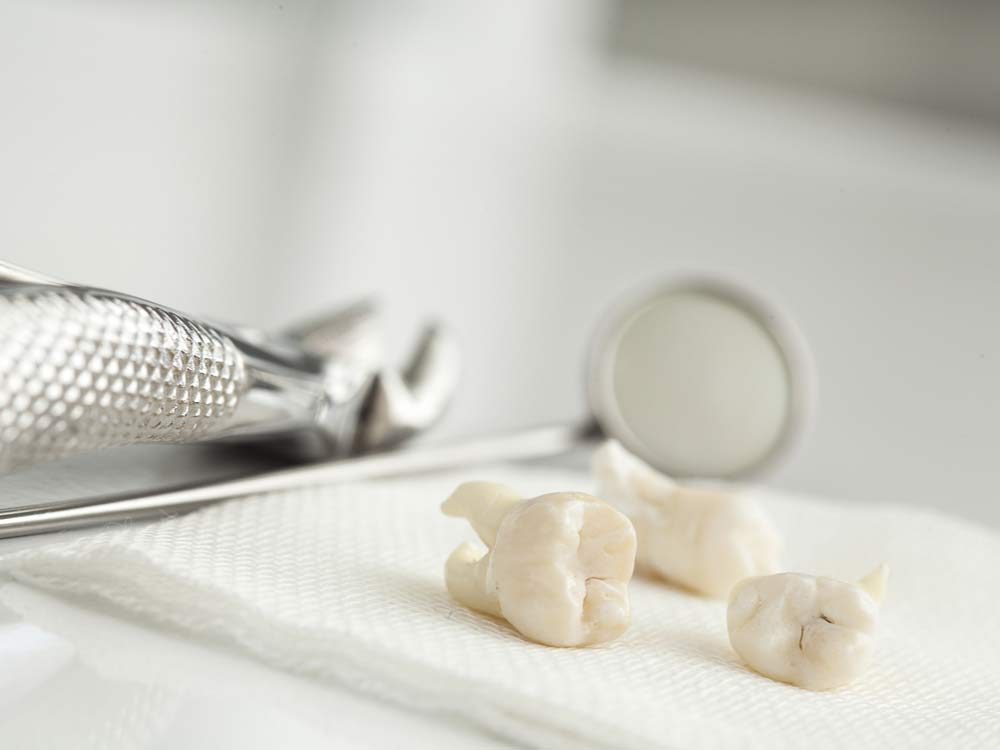
Uvula
Nobody pays much attention to that dangly little thing in the back of the throat, except perhaps some comic animators. Some theories suggest that the uvula—which is fully developed only in humans—helped our ancestors speak or drink while bending over a watering hole for prehistoric refreshment. But its most obvious purpose involves quickly secreting large amounts of saliva (over a lifetime, the average person produces enough to fill two swimming pools). The uvula may also be associated with snoring; according to an Italian study, people who snored had significantly fewer nerve fibers in their uvula than their non-snoring counterparts.

Eyebrows
Though the hairy strips are especially useful for communicating those “say what?” moments, their main purpose is to protect our eyes from debris, water, and sun. Eyebrows are also a crucial factor in face recognition. When volunteers in an MIT study were asked to identify photos of 50 famous faces with their eyes digitally removed, they could recognize the individuals 60 per cent of the time. When the faces lacked eyebrows, however, participants could only ID them 46 per cent of the time.
Here are 9 Gross Everyday Habits You Need to Stop Doing in Public.

Armpit hair
This often-unwelcome hair is thought to diffuse the body’s natural smells to help attract a mate. Armpit fuzz grows above sweat glands that produce your individual scent, which might have lured cavemen neighbours back in ancient times. Today, however, it’s typical for women to shave away these sexual signalers. Data from Proctor & Gamble shows that even 29 per cent of American men and 49 per cent of British men trim or groom below the neck to avoid any Neanderthal resemblance.
Discover 13 surprising facts about the human body.

Men’s nipples
Surprise! Everybody starts off as a woman in the womb. For 60 days, all embryos follow the same genetic activity, until testosterone changes the course of action for those with a Y chromosome. Men’s nipples are the remaining, non-functional product of those first two months. Not everyone’s a fan: In a recent Huffington Post Japan poll of 750 adult women, over 84 per cent thought it was unacceptable for men’s nipples to show under shirts. This attitude may explain the country’s booming trade for “shields” that disguise the genetic leftovers.
Here are 13 Things Your Urologist Secretly Wants to Tell You.

Tonsils
If you’ve ever inspected a sore throat, you’ve likely noticed the spongy, almond-shaped tissue toward the back of the mouth looking slightly swollen, red, or laden with white spots. As part of the lymphatic system, tonsils defend the body from infections that enter though the nose and mouth. But they can also become infected themselves when overloaded with bacteria or viruses. Since they’re just one component of the body’s powerful defenses, tonsils can be removed if they contribute to chronic sickness or breathing problems. However, today’s doctors are more conservative when recommending surgery to control infection: About 500,000 procedures are performed annually today in the United States, compared to more than 1 million per year in the 1970s.

Fingernails
Other than helping to boost the economy (U.S. nail polish sales reached $768 million in 2012, reported WWD), fingernails help highlight a key difference between primates and other mammals. Most mammals have claws—our nails are just a flattened version. Where our ancestors used fingernails to grasp fruit and branches, today, we use them to snatch little things like coins or paper. Fingernails may also serve as a window to our health: discolouration or small pits can signal trouble like malnutrition or certain skin conditions.

Appendix
The appendix, a 3 1/2-inch-long tube extending from the large intestine, seems to be more of a pest than have a purpose. When inflamed (such as from injury or infection) it can eventually burst and fatally spill infectious materials into the rest of the body. The inflammation, called appendicitis, is most common in children; it affects 80,000 per year in the United States. When the appendix is removed, it causes no noticeable effects on the body. However, recent Duke University Medical School research suggests that the appendix houses good bacteria, information that may be useful in rural areas or less developed countries. In modern industrialized societies, if someone’s good flora dies, it can more easily be replenished from others, researchers say.
Here are 10 Stomach Pains You Should Never Ignore.

Wisdom teeth
Best known as a surgical inconvenience, wisdom teeth are actually a third set of molars, which helped our ancestors munch on rough food like roots, nuts, and meat, especially when other teeth fell out. About 35 per cent of people never develop wisdom teeth, but the rest begin developing them around age 10, and the grinders erupt in the mouth between ages 17 and 25. This age bracket gives the molars their name: It refers to the time when young adults become wiser (ostensibly). Though fully-grown or healthy wisdom teeth may not need to be removed, if left in place they may cause gum disease, cysts, or damage to nearby teeth. According to a 2007 study published in the American Journal of Public Health, 10 million wisdom teeth are extracted from about 5 million people in the United States each year.